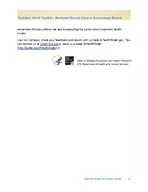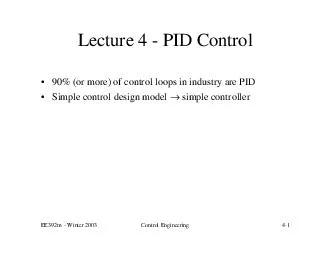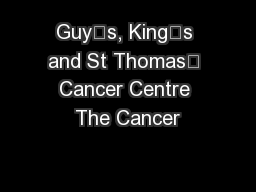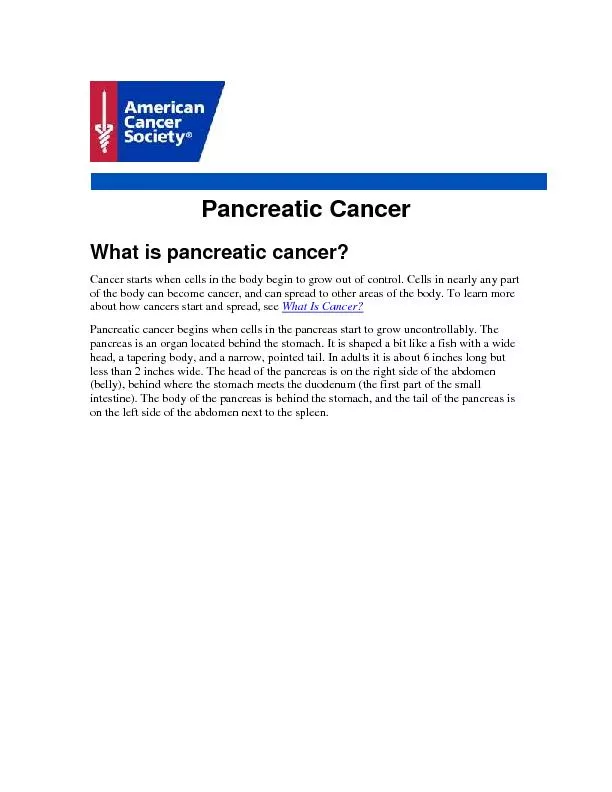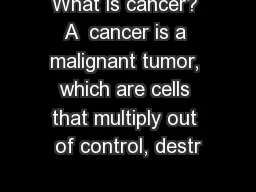PDF-Cancer Control 9
Author : piper | Published Date : 2022-08-31
Clinician awareness of neoplastic meningitis is important so that the disease is recognized and treated in a timely manner Clinical Presentation Diagnosis and Radiological
Presentation Embed Code
Download Presentation
Download Presentation The PPT/PDF document "Cancer Control 9" is the property of its rightful owner. Permission is granted to download and print the materials on this website for personal, non-commercial use only, and to display it on your personal computer provided you do not modify the materials and that you retain all copyright notices contained in the materials. By downloading content from our website, you accept the terms of this agreement.
Cancer Control 9: Transcript
Download Rules Of Document
"Cancer Control 9"The content belongs to its owner. You may download and print it for personal use, without modification, and keep all copyright notices. By downloading, you agree to these terms.
Related Documents


